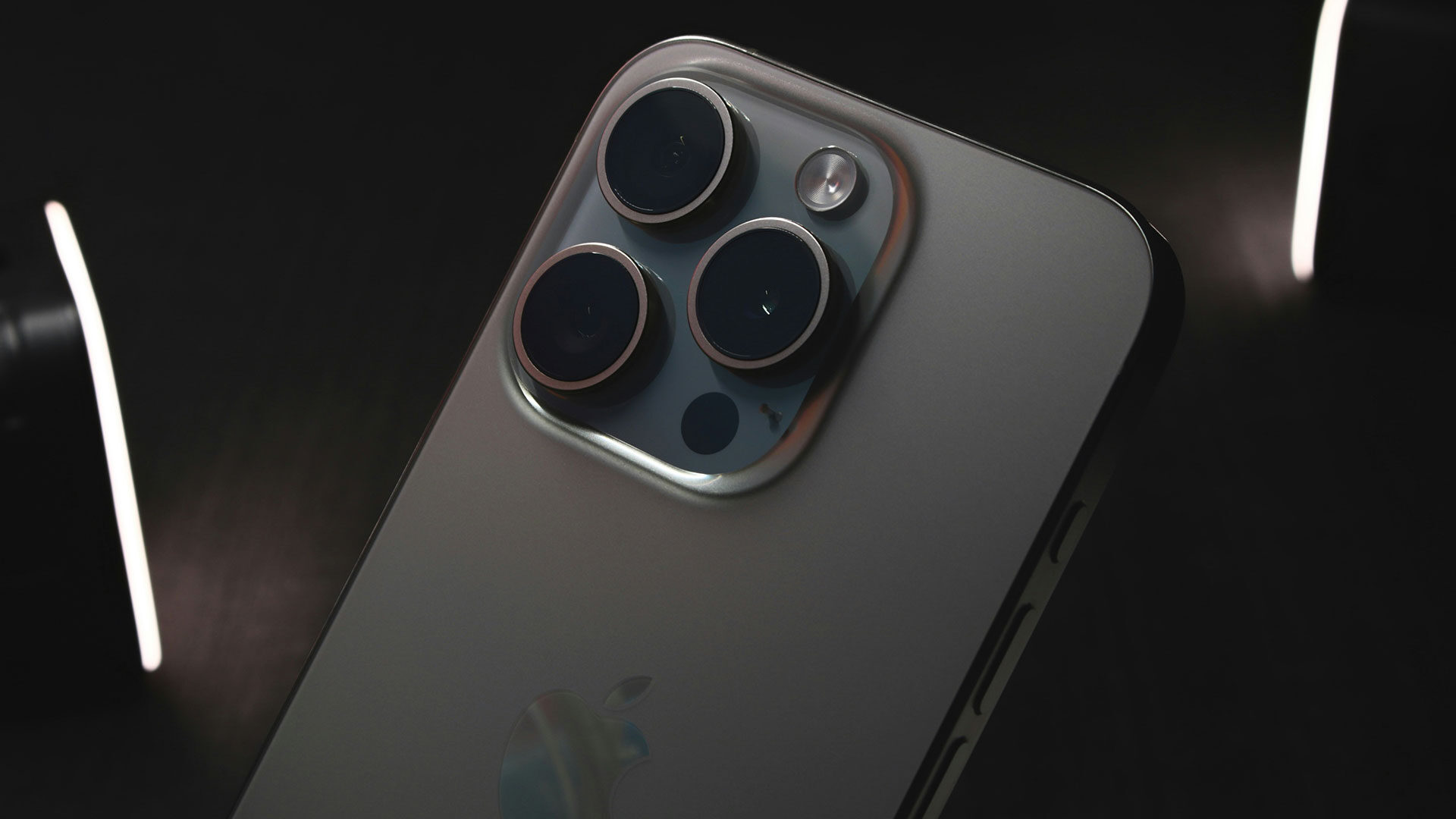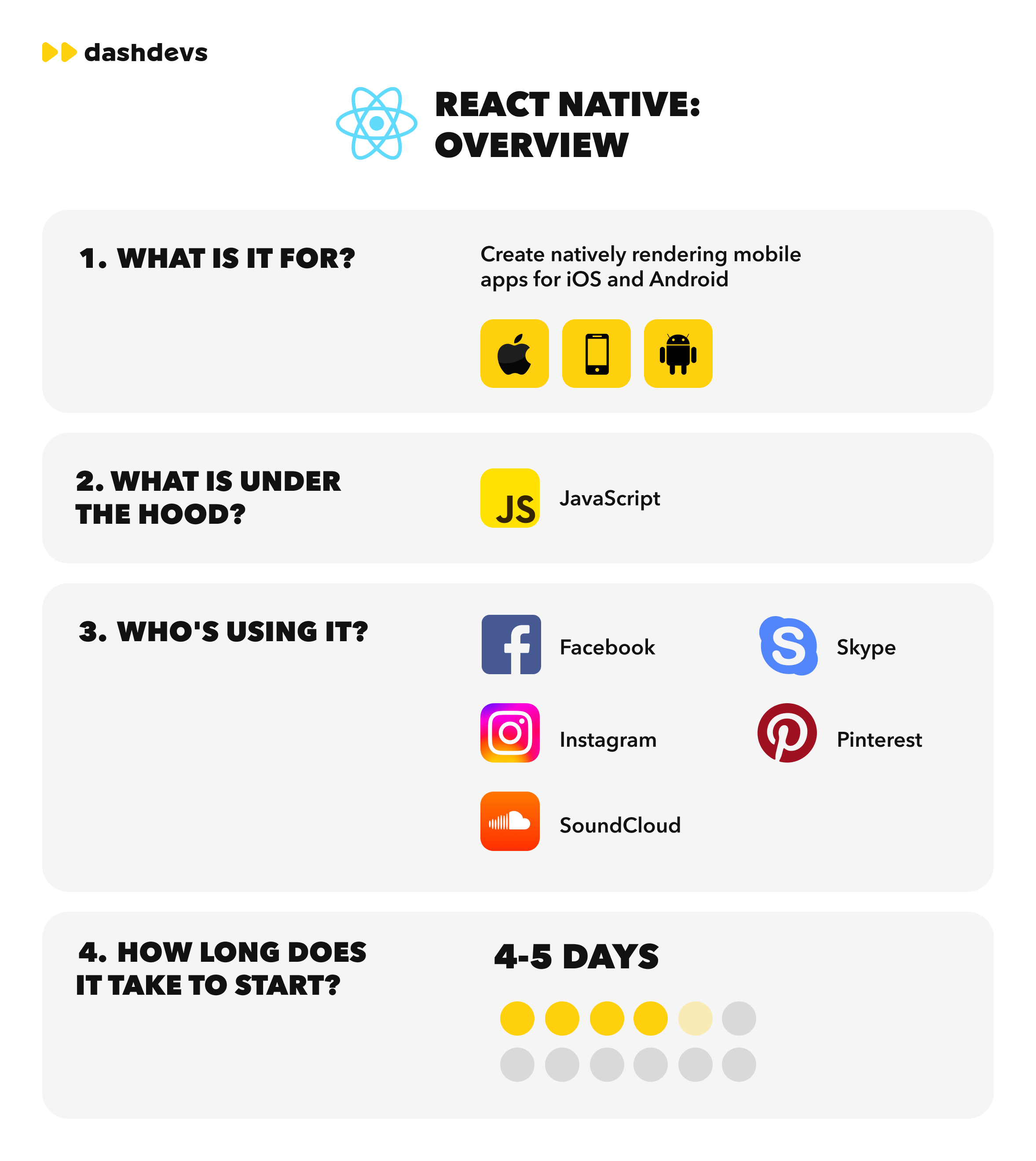


In the rapid-fire digital age we live in, mobile apps have woven themselves into the fabric of our daily lives. Whether it’s for social interaction, communication, banking, or shopping, every sector has been embraced by mobile applications. Our everyday activities have shifted to digital formats, and for each one, there exists an app in today’s marketplace. The speed of our technological adoption has been so swift that we scarcely noticed our growing reliance on it. Contemporary applications have unveiled a broad spectrum of opportunities for every task we undertake.
However, when considering the operating systems that support these applications, there are primarily two contenders: Android and iOS. Any mobile app targeting consumers must perform effectively on these two platforms. Therefore, app testing is crucial for success. If you’re engaged with this article, we presume you are in the process of developing an app for your business and looking into various ways to elevate its quality.
If your goal is to cover the entire market, you need to test your app on the aforementioned systems, Android and iOS. Yet, the testing methodologies differ significantly. What proves effective for one may not necessarily be suitable for the other. This is the insight we will delve into in this article, helping you grasp the distinctions between testing apps on Android versus iOS.
Overview of Android and iOS Platforms
Android is the most popular operating system worldwide for mobile devices, crafted by Google. It powers devices from manufacturers like Samsung, Xiaomi, and OnePlus. Its ability to operate on various brands of devices has made it more popular than any other mobile OS currently available. It offers flexibility in hardware requirements and compatibility with numerous devices. If you are developing an app, it must function on Android while accommodating various devices, operating system versions, screen sizes, and resolutions. This diversity adds complexity to testing.
Conversely, iOS is a proprietary operating system created by Apple specifically for its devices, the iPhone and iPad. It operates within a closed ecosystem, as Apple produces its own hardware that runs this platform. It is not compatible with any devices outside of Apple’s lineup. Due to this specialized environment, testing on iOS tends to be less complicated. The hardware requirements are consistent, and regular updates and operating system versions are the norm.
Recognizing the fundamental contrasts in the features of these two operating systems aids developers and testers in aligning their testing strategies. Android necessitates a more fragmented testing approach, while iOS demands testing within a controlled environment.
Key Differences between Android and iOS Testing
While the compatibility of devices has been addressed, which influences testing directly, several additional factors must be taken into account when testing on these two platforms.
Testing Environments
The primary difference in testing strategies for both platforms lies in the environments where the apps are tested. For Android app testing, one may utilize emulators or actual devices. Emulators can manage basic test scenarios by mimicking various configurations of devices. However, no emulator can fully substitute the necessity of testing on real devices.
Conducting testing on Android in real-world circumstances brings forth additional insights. With the multitude of devices running Android, emulators alone may not suffice for all scenarios. Android Studio stands as one of the most prevalent tools for developing and testing apps available to you.
In the case of iOS testing, simulators might appear adequate due to the limited range of devices that run iOS. This simplification eases the tester’s job. A notable tool for this is Xcode, Apple’s official Integrated Development Environment (IDE), which provides integration with testing frameworks and debugging utilities.
App Installation and Deployment
There exists a notable difference in the installation and deployment processes for apps on Android compared to iOS. Android applications are deployed via APK files contained in a package. Testers can either install an app on their personal devices or distribute it through Google Play’s internal testing channels. Through these channels, testers can verify the success of the deployment and ensure that others can access the apps appropriately.
In contrast, iOS has a more limited deployment process.
No Comments
To comment you need to be logged in!